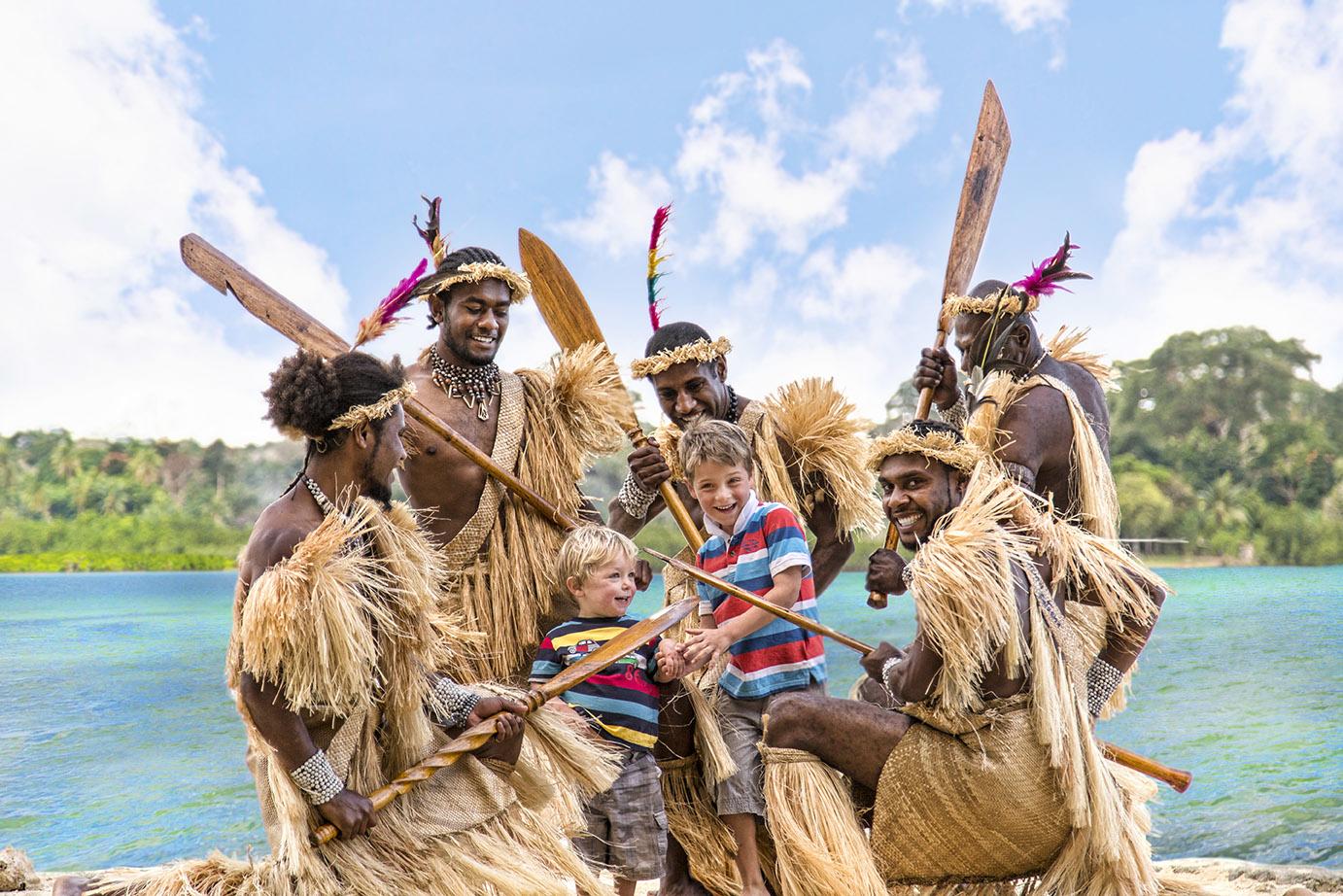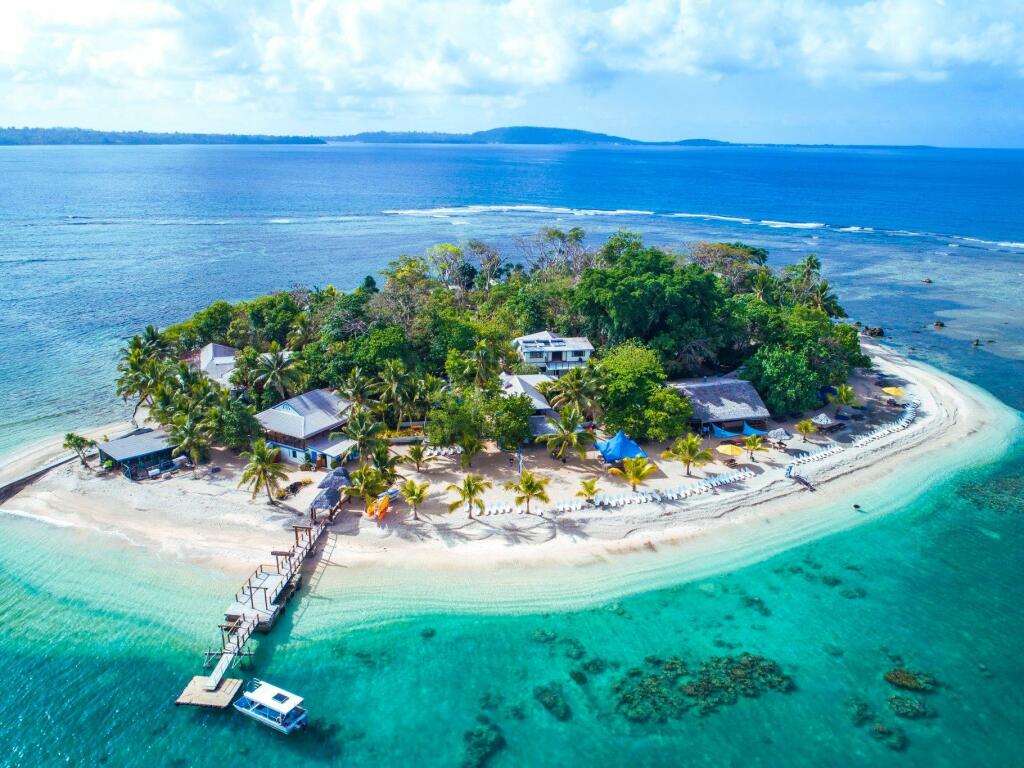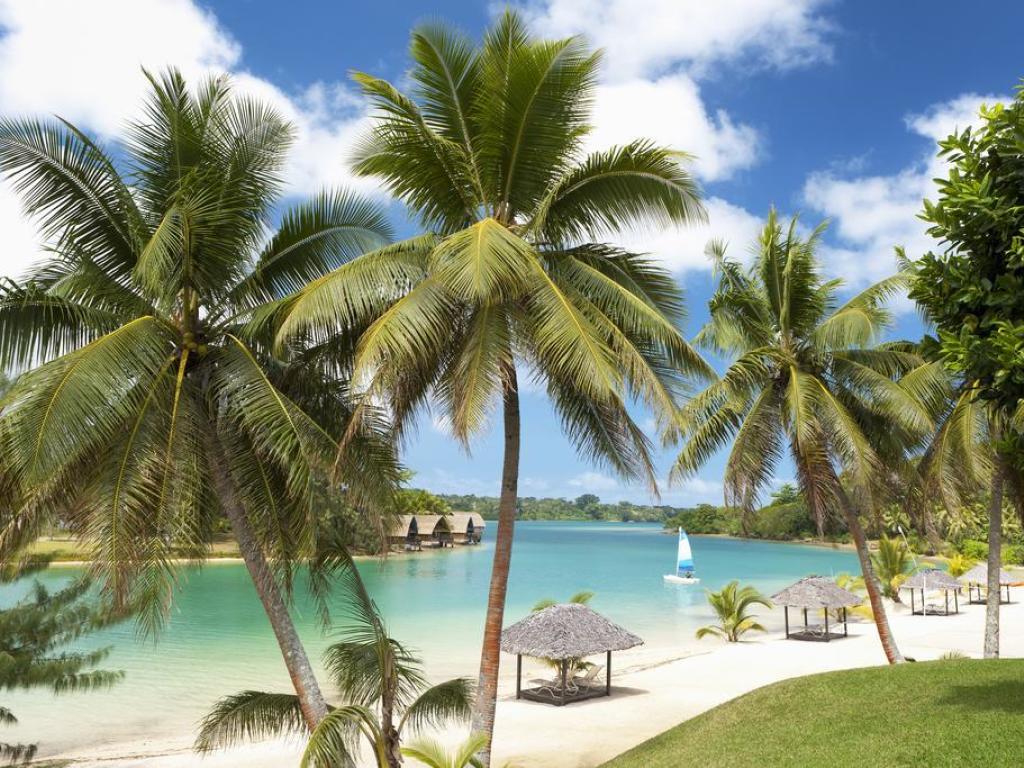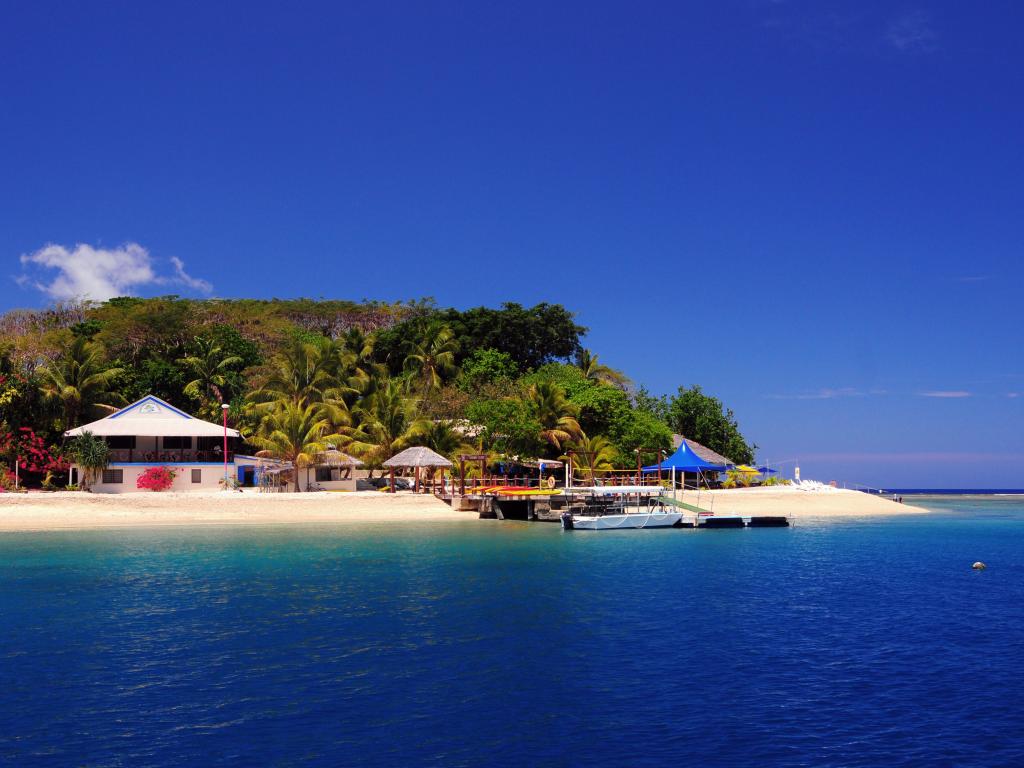Vanuatu Culture & History
Vanuatu culture and history is entrenched in the island's population and make it one of the most culturally diverse countries in the world. With a history of more than 3,000 years of migration from a number of Pacific and Melanesian countries, it's no surprise that Vanuatu culture and history is so diverse. Each new wave of immigration brought with them a way of life and the tools to live including seedlings, food crops and animals, including the most important animal of all - the pig. One of the most significant aspects of Vanuatu culture and history, pigs are a token of power and wealth and are a mainstay of ceremonies and rituals.

Rituals and ceremonies are a big part of Vanuatu culture and history, with lives celebrated by hundreds of extended family members, remembering familial relationships that date back through generation after generation. Community and social life are based around paramount stages of life including birth, initiation and circumcision, achieving social status, marriage, children and death. Storytelling is also a huge part of Vanuatu culture and history with expression through song and dance of great significance as there is no written language.
Vanuatu culture and history is also expressed in art, body decorations, masks and carvings and all play an important role in celebrations. Ancient myths and legends are also responsible for helping to keep the Vanuatu culture and history alive. A stout belief in the influence of spirits on the natural environment is also a key part of the Vanuatu culture and history, with natural formations, events and disasters seen not as caused by a physical or scientific source but rather as the result of the actions of spirits.
Kava is a well-known part of the Vanuatu culture and history and is a large social convention that tourists are often invited to take part in. Although in some areas of Vanuatu it is considered a men-only activity, the majority of Vanuatu embrace the tradition for everyone. Derived from the pepper tree, kava is a route that is cut up and chewed into a paste that is then spat into a bowl and mixed with water. Drinking this kava liquid has an aesthetic effect on the mouth and tongue and is an activity enjoyed by the locals frequently after a hard day's work.



